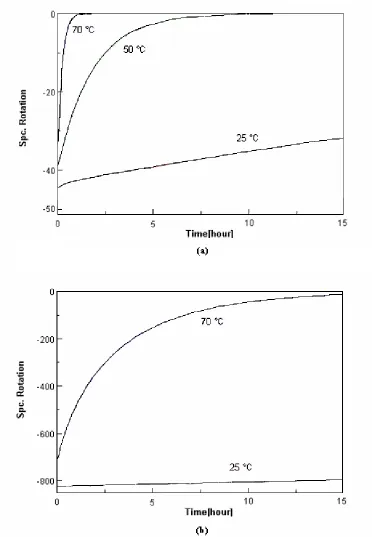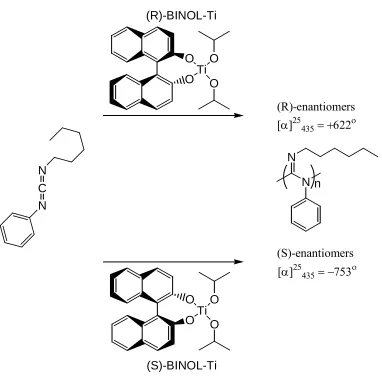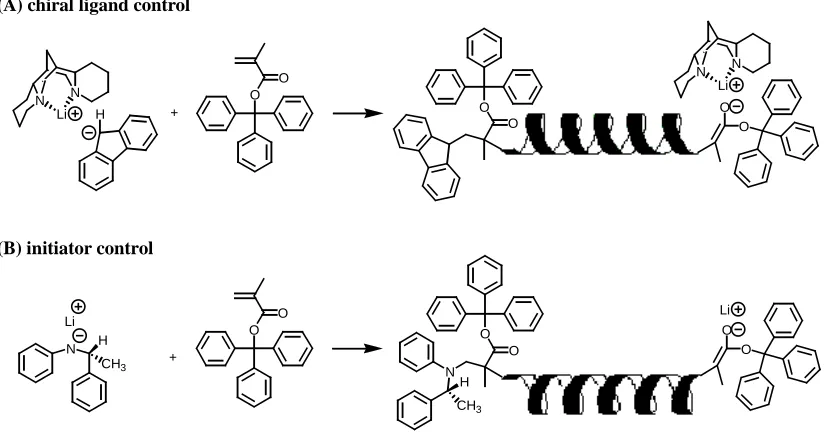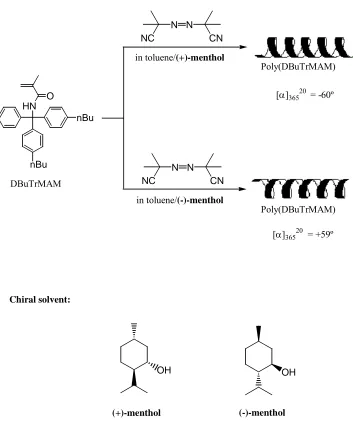Asymmetric Polymerization initiated by Cationic Zirconocene Complexes possessing Chiral Counter Anions
Full text
Figure


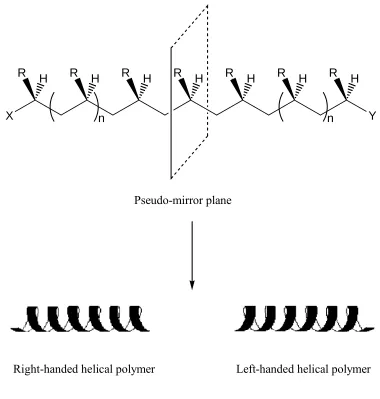

Related documents
The cell e.s.d.'s are taken into account individually in the estimation of e.s.d.'s in distances, angles and torsion angles; correlations between e.s.d.'s in cell parameters are
The results reveal that the differences between those who participate in organized sport and those who do not participate in organized sports are not significant. Moreover, the
In a new con- genic strain derived from SHR and normotensive Brown-Nor- way (BN) rats, we have trapped a QTL regulating blood pres- sure in a region of chromosome 8 that appears to
In fact, a DTC scheme achieves the closed-loop control of the motor stator flux and the electromagnetic torque without using any current loop or shaft sensor.Many
Earth Planets Space, 54, 1121?1125, 2002 Fluid flow in mid to deep crustal shear systems Experimental constraints, observations on exhumed high fluid flux shear systems, and implications
The study established that majority of the respondents indicated that the influence of school and classroom practices on girls’ participation and achievement was
Flow cytometric profiles of a mix culture containing Serratia, uninduced Pseudomonas stutzeri and induced Escherichia coli nirS expression clone hybridized
viridis , the number of sperm bundles remained high throughout copulation (Fig. 11), and it was observed that the numbers of sperm bundles early in a second mating (i.e., 30 min)

